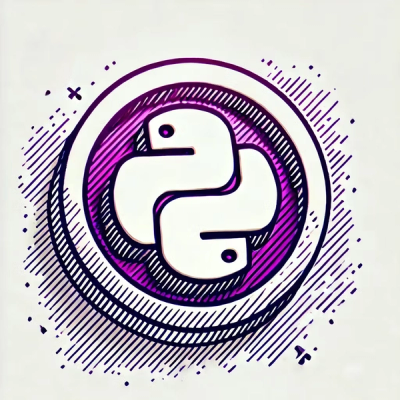
Product
Socket Now Supports pylock.toml Files
Socket now supports pylock.toml, enabling secure, reproducible Python builds with advanced scanning and full alignment with PEP 751's new standard.
Shell access
Supply chain riskThis module accesses the system shell. Accessing the system shell increases the risk of executing arbitrary code.
Found 1 instance in 1 package
Unpopular package
QualityThis package is not very popular.
Found 1 instance in 1 package
Disk is a Python library for interacting with the file system in an object oriented manner. I know you can use os and os.path to do all of these but I find their usage hard to remember and true to object oriented principles.
You can use pip to install Disk:
pip install disk
All files and directories (folders) are considered Path objects. Any path except the root, has a parent: the directory it is in. Directories have children, some of them are files and some are subdirectories.
The Path object points to an existing or non-existing file or directory.
from disk import Path
path = Path('C:\\')
Usually we want to start in the current working directory:
path = Path.get_current_directory()
All of the above methods do the same thing; ls is for linux people, dir is for windows people, and list is for literal people.
print(path.list())
To get the sub-directories of a directory use the directories attribute which returns a list of Paths:
subdirectories = path.directories
To get the files inside a directory use the files attribute which returns a list of Paths:
files = path.files
The parent directory is the directory a Path (either file or directory) is inside of.
parent_directory = path.parent_directory
To create a new directory inside a Path that is also a directory, use make_directory with the name of the new directory as the name argument:
path.make_directory(name='new_directory')
You can also create a directory at the location of the Path object by letting the name argument take its default value of None:
path.make_directory()
Sometimes you need to create a new file at a Path that doesn't already exist, i.e. the directory of the file location doesn't exist. This is when make_parent_directory becomes handy:
path.make_parent_directory(ignore_if_exists=True)
The default value of ignore_if_exists is True.
The delete function moves a file or directory to the trash. If the name argument is provided the file or directory inside the Path with that name will be deleted:
path.delete(name='new_directory')
If the name argument is not provided the file or directory the Path points to will be deleted:
path.delete()
To save a Python object as a Pickle file using the pickle or dill library you can just use the save function of the Path which saves the object right at the location of Path.
my_list = [1, 2, 3]
Path('my_list.pickle').save(my_list, method='pickle')
Path('my_list.dill').save(my_list, method='dill')
To load an object from a Pickle file located at a Path you can run the load function of the Path.
list_from_pickle = Path('my_list.pickle').load(method='pickle')
list_from_dill = Path('my_list.dill').load(method='dill')
FAQs
Python library for interacting with the file system
We found that disk demonstrated a healthy version release cadence and project activity because the last version was released less than a year ago. It has 1 open source maintainer collaborating on the project.
Did you know?

Socket for GitHub automatically highlights issues in each pull request and monitors the health of all your open source dependencies. Discover the contents of your packages and block harmful activity before you install or update your dependencies.

Product
Socket now supports pylock.toml, enabling secure, reproducible Python builds with advanced scanning and full alignment with PEP 751's new standard.

Security News
Research
Socket uncovered two npm packages that register hidden HTTP endpoints to delete all files on command.

Research
Security News
Malicious Ruby gems typosquat Fastlane plugins to steal Telegram bot tokens, messages, and files, exploiting demand after Vietnam’s Telegram ban.